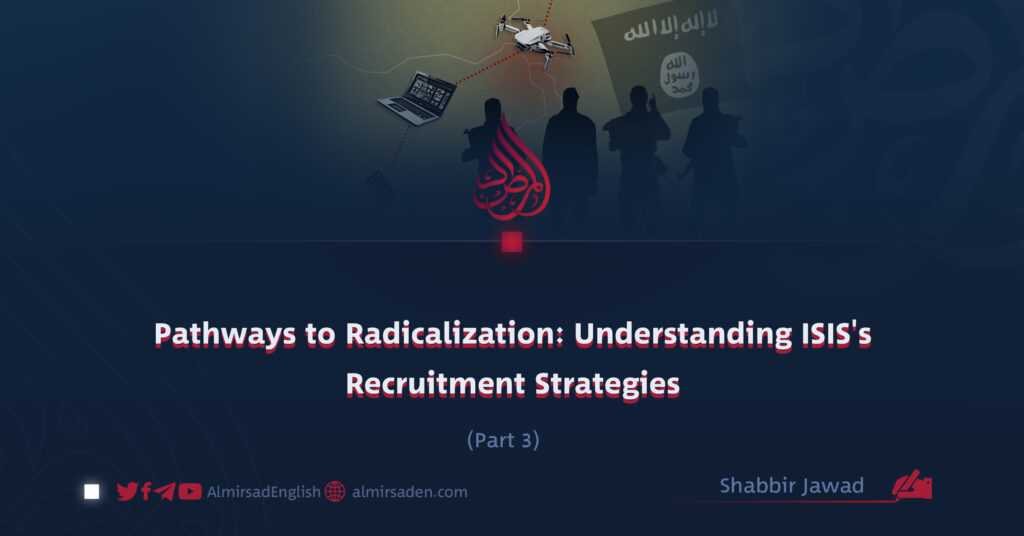Part 3
Bashir Liwal
The Digital Hunt of Modern-Day Khawarij
In the digital age, ISIS mastered the art of exploiting new technologies to prey on vulnerable minds. The internet was transformed into a battlefield where clicks replaced bullets, and social media platforms became lethal weapons rather than tools of connection. With silent precision, these extremists reached into every corner of the globe, targeting youth with an alarming degree of success.
Drawing on a keen understanding of digital-age psychology, ISIS crafted content that combined excitement, a sense of belonging, and false spirituality. This toxic blend proved highly effective in capturing the attention of susceptible audiences and shaping their perceptions.
ISIS operatives employed a sophisticated, multi-platform strategy. On YouTube, they distributed professional-quality videos with production standards rivaling Hollywood. On Twitter, they launched viral hashtags designed to spread like wildfire. On Telegram, they created encrypted groups that were nearly impossible to track. They even developed video games through which children were gradually exposed to extremist concepts. The group recognized that younger generations are more deeply influenced by multimedia and interactive content than by books or lectures.
Perhaps their most dangerous innovation in online propaganda was the personalization of messaging. By analyzing user data, ISIS tailored content to individual vulnerabilities. A lonely European youth might receive messages promising friendship and belonging, while a young person in the Middle East struggling with poverty could be lured with financial incentives. This targeted approach significantly increased their chances of success and demonstrated how modern technologies and social networks can be weaponized not only for progress but also for destruction.
Countering this digital threat requires a sophisticated and multi-faceted response. On the technical side, systems to detect and remove extremist content must be strengthened. At the societal level, media literacy among users must be improved so individuals can critically evaluate the material they encounter online. Equally important, digital spaces must be populated with positive, engaging content that offers young people meaningful alternatives to the bloody spectacles of extremist propaganda. Although ISIS has suffered defeat on the battlefield, the war in the virtual domain is far from over. Victory in this arena demands wisdom, creativity, and resilience.
To sustain their online presence, ISIS built a resilient infrastructure of websites and alternative channels. Whenever one account or platform was shut down, dozens of replacements would emerge instantly, armed with pre-prepared content. They used hidden chat rooms, online games, and even organized competitions with cash prizes to lure teenagers step by step into the trap of extremism.
Notably, ISIS crafted strategies tailored to specific demographics. For teenagers, they relied on action clips and video games; for university students, they deployed seemingly philosophical debates and conspiracy theories; and for middle-aged individuals, they leaned on religious arguments. This calculated segmentation reveals how extremists exploit psychology and generational differences to advance their destructive goals.
